|
One of the primary programs of the mid-20th century antiwar group Peacemakers was war tax resistance. Many across the country either lived purposely below the poverty line to avoid paying an income tax or flatly refused to file their taxes. Of just the six people in the movement arrested in the 1950s-1960s, one was the Black Olympic athlete Eroseanna Robinson. Long before Muhammad Ali was jailed for refusing to fight in the Vietnam War, Eroseanna Robinson inspired innumerable people by making multiple stands against the US war machine. Since at least 1951, years before the Civil Rights Movement really took off, Robinson was a desegregation activist in Maryland, Ohio, and beyond. As an Olympic runner, Robinson refused to compete in Russia, not wanting to be used as a pawn in US-USSR Cold War political games. And on February 18, 1960, Robinson was finally arrested and jailed for years of refusing to pay income taxes. Most of the income tax collected in the United States is directed towards war. This was true during the Cold War, and it absurdly remains true now, even with the “specter of communism” long gone. Robinson, like the rest of the Peacemakers, did not want to contribute anything to the United States military — what Dr. King would later call “the greatest purveyor of violence in the world today.” Throughout the arrest and incarceration process, Robinson followed her nonviolent resistance training and refused to cooperate with authorities, even forcing law enforcement and correctional officers to physically carry her into court and to and from various holding sites. She went on a hunger strike for months, resulting in her jailers force-feeding her — but the force-feeding upset many in the clergy and put the legal system that jailed her under intense scrutiny. As mentioned last week, Eroseanna Robinson was one of the featured faculty of the 1960 Peacemakers training program in New London, CT. Indeed, her description in the brochure was the longest of all, in part due to the drama of her story as a war tax resister. (See last week’s post here: http://www.voluntownpeacetrust.org/a-peace-of-history-blog/february-17th-2022) Next month during Women’s History Month, we will pick back up Eroseanna Robinson’s story, including how she was released from jail after completing just a quarter of her sentence. (Click the image below to download the PDF version of the original clipping) --
Take Action The CT Committee on the Prohibition of Nuclear Weapons organizes pro-disarmament demonstrations throughout the year. To participate in these demonstrations against nuclear arms and in support of the UN’s Treaty on the Prohibition of Nuclear Weapons, please get in touch with us on Facebook at facebook.com/voluntownpeacetrust or email us at [email protected]. — Support Us If you like our weekly posts, please consider supporting this project with a one-time or recurring donation. Contributions of all sizes are appreciated. Click this link to learn more about what we do and how you can donate: https://www.mightycause.com/organization/Voluntown-Peace-Trust — Source Insert sheet. The Peacemaker, March 5, 1960. The Peacemakers were the most active and influential nonviolent direct action group in the United States for almost a decade, from its founding in 1948 on into the mid-1950s. For decades later, the Peacemakers would remain a steady ally of other peace activist organizations, many of which had been founded by members of the Peacemakers themselves. This was the case in 1960, when the Peacemakers moved their annual summer nonviolent direct action training from their headquarters in Pennsylvania up to the New London area of Connecticut in order to support the Committee for Nonviolent Action’s Polaris Action campaign there; as the CNVA organized and demonstrated in dramatic public actions to raise awareness of the dangers of the US nuclear strategy, the Peacemakers would train new activists to join these actions and get immediate firsthand experience. While largely unknown today, the Peacemakers were rather well-known in certain circles at their peak. On the Faculty list for the 1960 Peacemaker Training in New London several famous names jump out. To name just a few: Anne Braden, the renowned civil rights activist; David Dellinger, one of the Chicago Seven; Eroseanna Robinson, the athlete-activist imprisoned for war tax resistance; and Fred Shuttlesworth, legendary cofounder of the Southern Christian Leadership Conference. In the brochure, the 16-day Program is divided into four parts: (1) An Introduction to Nonviolence, (2) A Consideration of Violence, (3) Resistance to the Old Society, and (4) The Development of Free, Nonviolent Relationships. What’s noteworthy is the breadth and depth of the Peacemaker vision. The Peacemakers were not simply resisting injustice, but attempting to transform lives and perhaps society itself. And as a fundamentally anarchist organization, they questioned many of the fundamental assumptions of mainstream society all the way in 1960: “What is violent about an employment relationship?” “Can advanced technology exist in a nonviolent society?” “What is [sexual] ‘normality’?” “What is ‘crime’ or ‘criminal’?” Also notable is the flexibility for anyone to participate regardless of ability to pay or stay for the entire duration. Travel costs, lodgings and food, and even childcare were provided. All efforts were made to ensure that folks of all walks of life would attend. And judging by first-hand accounts, those efforts successfully brought in a great diversity of individuals. (Click the image below to download the PDF version of the original clipping) -- Take Action The CT Committee on the Prohibition of Nuclear Weapons organizes pro-disarmament demonstrations throughout the year. To participate in these demonstrations against nuclear arms and in support of the UN’s Treaty on the Prohibition of Nuclear Weapons, please get in touch with us on Facebook at facebook.com/voluntownpeacetrust or email us at [email protected]. — Support Us If you like our weekly posts, please consider supporting this project with a one-time or recurring donation. Contributions of all sizes are appreciated. Click this link to learn more about what we do and how you can donate: https://www.mightycause.com/organization/Voluntown-Peace-Trust — Source “Important Notice! Peacemaker Training in Nonviolence has been Moved to New London, Connecticut.” Peacemakers, 1960. In the summer of 1960, peace activists from around the country came to New London, CT, where some of the world’s first nuclear-armed submarines were being designed and built. Polaris Action, as the activists called it, was a summer-long public action and education campaign to raise awareness of the dangers and unethical nature of nuclear weapons and the entire US nuclear strategy. While the Committee for Nonviolent Action (CNVA) was the primary organizer of Polaris Action, other peace groups also participated in the project that summer including the Peacemakers, who held their annual intensive two-week orientation and training program on nonviolent action in New London that summer for anyone who wished to join. Early members of the Peacemakers included World War II resisters, including Wally Nelson and Ernest Bromley. Those two men also participated in the Journey of Reconciliation, the first freedom rides in 1947. Peacemakers projects were varied and included such initiatives as the formation of a short-lived interracial intentional community in Cincinatti called “Gano Peacemakers.” Wally and Juanita Nelson were both principal participants of the Gano Peacemakers community. Wally also became the first nonviolence trainer for the Congress of Racial Equality (CORE) and he and Juanita were organizers for Peacemakers training programs, including the ones in 1960 New London. In the info sheet below, the Peacemakers explain how they formed, how they are different from other peace organizations, how they aspire to “a positive way of living for peace,” and the reasoning behind those aspirations. While the Peacemakers values and methods may at first seem to limit the behaviors and actions of activists, that perceived limitation is only a matter of perspective. As Barbara Deming, a writer who attended the Peacemakers training in New London and whose life was changed because of it, commented on exactly this perception of nonviolent action in her December 17, 1960 article for The Nation: “Many in the group had chosen to be poor because of a wish to identify their lives with those of a majority of the world’s people. But also they had chosen to be poor to fit themselves for battle — lest anxiety about losing what they had should make them hesitate. What soon became apparent about these people was that they were above all people ready to act. Somewhere in the history of nonviolent resistance, the term “passive resistance” has been picked up. This term should be discarded. The “pacifists” are the only freely active people I have met in a long time. Coming face to face with them was, in fact, like entering a new world.” (Click the image below to download the PDF version of the original clipping) Take Action The CT Committee on the Prohibition of Nuclear Weapons organizes pro-disarmament demonstrations throughout the year. To participate in these demonstrations against nuclear arms and in support of the UN’s Treaty on the Prohibition of Nuclear Weapons, please get in touch with us on Facebook at facebook.com/voluntownpeacetrust or email us at [email protected]. — Support Us If you like our weekly posts, please consider supporting this project with a one-time or recurring donation. Contributions of all sizes are appreciated. Click this link to learn more about what we do and how you can donate: https://www.mightycause.com/organization/Voluntown-Peace-Trust — Source Deming, Barbara. “The Peacemakers.” We Are All Part of One Another: A Barbara Deming Reader. “What is Peacemakers?" By Daz Park Content Warning: violence, racist language, mention of racist atrocities, mass death This story was originally posted on this blog on 8/6/2020. This story has also been published in Waging Nonviolence and Nukewatch. (African-American actor and activist Paul Robeson at an antinuclear march in London, 1959) We solemnly recognize today as the 75th anniversary of the US atomic bombing of Hiroshima, Japan -- the first time atomic weapons were used in war. Attempting to estimate the number of casualties is difficult, and it is possible that our estimates are over-conservative, but early attempts place the figure at 70,000 dead by the end of the year, while more recent reevaluations estimate at least 140,000 lives lost. Three days after the initial attack, the United States dropped a plutonium bomb on the port city Nagasaki, killing at least 40,000 and as many as 70,000 people or more. Within months, almost a quarter million would be dead from just the two attacks -- overwhelmingly civilians. Much has been written about the morality and military expediency of using the bomb -- but missing from many of these discussions is a critical examination of the extreme racist hatred that rapidly developed in the United States against people of Japanese descent, and how that led to the annihilation of two cities. But also missing is the recognition that African-Americans were some of the first in the country to voice concern about or even condemn the bomb, and that Black leftists were some of the first to draw the connections between colonialism, racism, capitalism, and war. The general American hatred for the Japanese during WWII cannot be overstated. Thanks to the tireless activism of younger Japanese-Americans in the 1960s and 1970s, many Americans now know about the inhumane internment of Japanese-Americans during WWII -- less know that Nazi POWs held in American camps were often treated with musical, theatrical, and even movie showings on most nights, set up volleyball leagues with their guards, were invited to dances and other social events, and would even be able to visit shops and restaurants in town that Black American G.I.s could not. Some historians have pointed out that most Americans at the time could differentiate between Nazis and Germans, fascists and Italians -- but with Japan, all Japanese people were not only suspect, but by their very nature the enemy. Everything was done to dehumanize Japanese people, from seemingly all major forces of society:
Indeed, by the end of the war and even well past it, the general mood in the United States was one of vicious and unrestrained vengeance for the Japanese attack on Pearl Harbor, which claimed 2403 American lives, 50 of whom were civilians. Polls were conducted periodically after the end of the war regarding citizens’ attitudes towards this new weapon of mass destruction: the results are somewhat disturbing. Less than a week after the bombings of Hiroshima and Nagasaki, 85% of Americans approved of the attacks according to a Gallup poll. Indeed, historian Lawrence Wittner notes that through late 1945, in all the polls conducted on the issue, none saw more than 4.5% of respondents opposing the use of the atomic weapons. In fact, when one Roper poll proposed that we should have: (1) not used the bombs at all, (2) dropped the first in an unpopulated area and the second on a city if they don’t surrender, (3) used the bombs as we did, (4) used many more bombs before they could surrender, (5) don’t know -- 22.7% of respondents answered with option #4. Two months after defeating the enemy, almost a quarter of respondents prioritized killing as many Japanese people as possible. Meanwhile, a new generation of African-Americans had won positions in the sciences, in certain parts of the military, and in other previously inaccessible fields. After the Japanese surrender, Black newspapers and magazines of the time frequently made note of Black chemists, physicists, and other scientists who had worked on the atomic bomb. Many Black moderates had believed that such contributions to the war effort -- from normal Black soldiers fighting valorously, to Black scientists harnessing the power of the atom -- would win greater freedoms and opportunities for Black people in America after the war. But even still, some of the earliest criticisms of the atomic bomb came from African-American communities. Of course Black America is not a monolith but contains a multiplicity of diverse opinions -- even so, concern about the bomb was noticeably higher in Black communities than in White ones. Indeed, the warnings and recommendations of the racially integrated National Committee on Atomic Information more closely followed Black concerns about atomic weapons than they did general White-dominant American concerns. Conservative journalist George Schuyler wrote about the horrors of “murder of men wholesale” and “being able to slaughter whole cities at a time” -- atrocities that only maintain white supremacy in the world. Clergy members began to speak up too. Reverend J.E. Elliot of St. Luke Chapel: “I have seen the course of discrimination throughout the war and the fact that Japan is of a darker race is no excuse for resorting to such an atrocity.” Reverend Louis F. Lomax of Taber Presbyterian Church: “[The atomic bomb is a] diabolical weapon [and] man has more scientific knowledge than religion to control it.” In 1946, the NAACP called for nuclear disarmament at its annual conference. Poet Langston Hughes, author Zora Neale Hurston, NAACP leader Walter White, and many others were early critics of atomic weapons -- some becoming political for the first time. But it was really the Black leftists who saw the connections between racism, colonialism, and war early on. For many of them, it started with the 1935 Italian invasion of Ethiopia -- the last holdout of African resistance to European colonialism. The invasion made it clear to Black leftists that colonialism was at its core a perpetual war of racial domination. The event radicalized many African-Americans. Singer and actor Paul Robeson noted that since the invasion, “the parallel between [African Americans’] own interests and those of oppressed peoples abroad had been impressed upon him daily.” W.E.B. Du Bois wrote about his fear that “If power can be held through atomic bombs, colonial peoples may never be free.” In 1942, James Farmer along with A.J. Muste, George Houser, and others founded the Congress of Racial Equality (CORE), which grew out of the pacifist movement including the Fellowship of Reconciliation and the Harlem Ashram. Marjorie Swann, co-founder of the Committee for Nonviolent Action (CNVA) which started the Voluntown Peace Trust, was also a charter member. Bayard Rustin gave support as an “uncle” to CORE, a role he played for so many organizations. Six years later, CORE joined two hundred other activists in Chicago to form a new “revolutionary pacifism” which included campaigning against building nuclear weapons. From this conference emerged the Peacemakers -- one of the very first groups outside of the scientific community to organize opposition to nuclear-arms proliferation. Among the founders were Wally Nelson, one of CORE’s first nonviolence trainers, as well as his partner Juanita -- both would become dear friends of CNVA/Voluntown Peace Trust. The Peacemakers and CNVA became influential groups that would train countless activists and organizers in the peace, justice, and civil rights movements. In 1946, Paul Robeson gave a scathing, brilliant speech about the connections between nuclear weapons and racism against the Japanese and Black liberation: “it is all part of one problem, this matter of discrimination and it may be the foremost question facing us today in the atomic age.” Robeson puts the crux of the problem not on the weapon itself, but on the ideologies and prejudices that compel the use of the weapons at all. As a rising Black performer with much to lose, Robeson continued, drawing these dangerous connections between racism, capitalism, colonialism, war, and ultimately, extinction: “Our government is getting uranium from the Belgian Congo for atomic bombs. American companies are prospecting for oil in Ethiopia and for minerals in Liberia...these manifestations of a new and heightened interest in Africa on the part of American Big Business represent a challenge to the rest of us...We on the anti-imperialist side are handicapped by lack of money, lack of powerful organization, lack of influence in state and international affairs. But, although the enemy has all the advantage and has a head start in the race, it is yet possible for us to catch up and win. It is possible to win if the majority of the American people can be brought to see and understand in the fullest sense the fact that the struggle in which we are engaged is not a matter of mere humanitarian sentiment, but of life and death. The only alternative to world freedom is world annihilation.” -- Take Action The CT Committee on the Prohibition of Nuclear Weapons organizes pro-disarmament demonstrations throughout the year. To participate in these demonstrations against nuclear arms and in support of the UN’s Treaty on the Prohibition of Nuclear Weapons, please get in touch with us on Facebook at facebook.com/voluntownpeacetrust or email us at [email protected]. — Support Us If you like our weekly posts, please consider supporting this project with a one-time or recurring donation. Contributions of all sizes are appreciated. Click this link to learn more about what we do and how you can donate: https://www.mightycause.com/organization/Voluntown-Peace-Trust — Sources: Intondi, Vincent J. African Americans Against the Bomb: Nuclear Weapons, Colonialism, and the Black Freedom Movement. Stanford University Press, 2015 Miles, Hannah. “WWII Propaganda: The Influence of Racism” https://artifactsjournal.missouri.edu/2012/03/wwii-propaganda-the-influence-of-racism/ “Pearl Harbor Casualties” http://www.pearlharbor.us/casualties/ Wellerstein, Alex. “Counting the dead at Hiroshima and Nagasaki” https://thebulletin.org/2020/08/counting-the-dead-at-hiroshima-and-nagasaki/ |
AuthorWrite something about yourself. No need to be fancy, just an overview. Archives
March 2023
Categories |

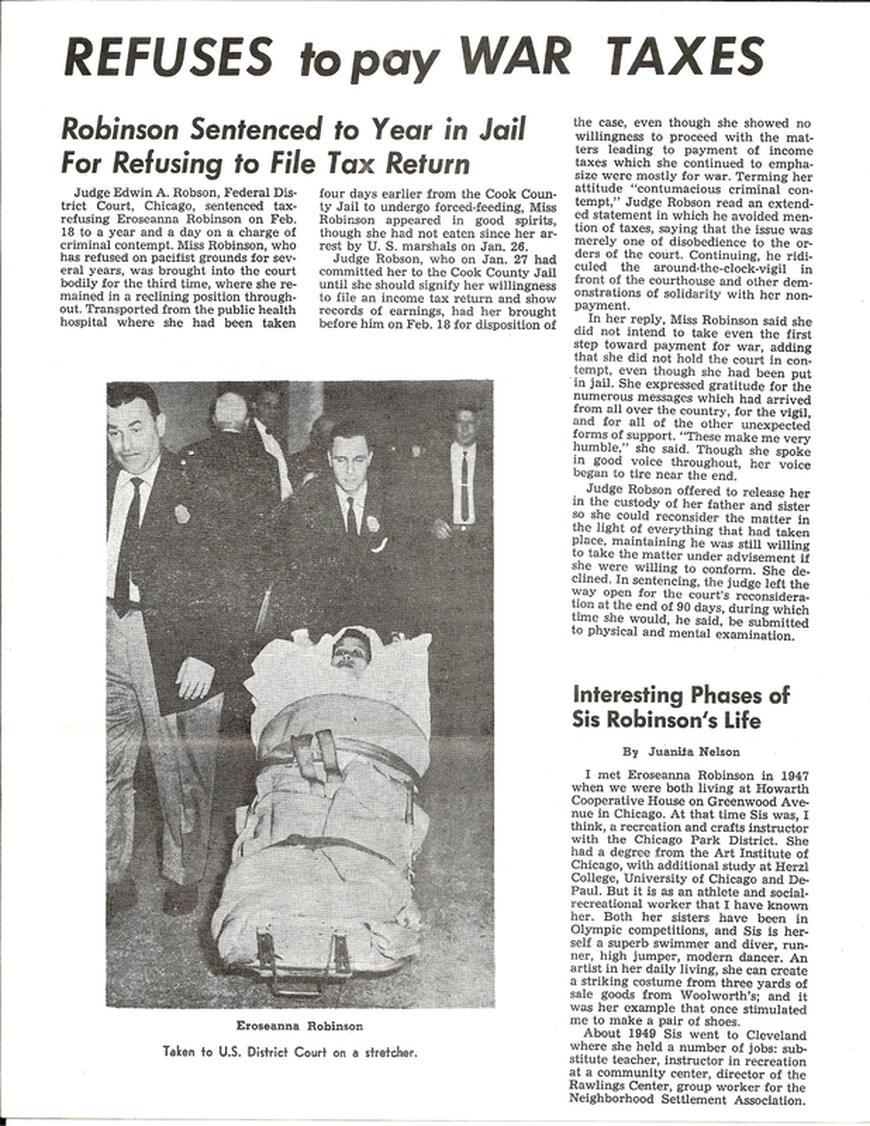
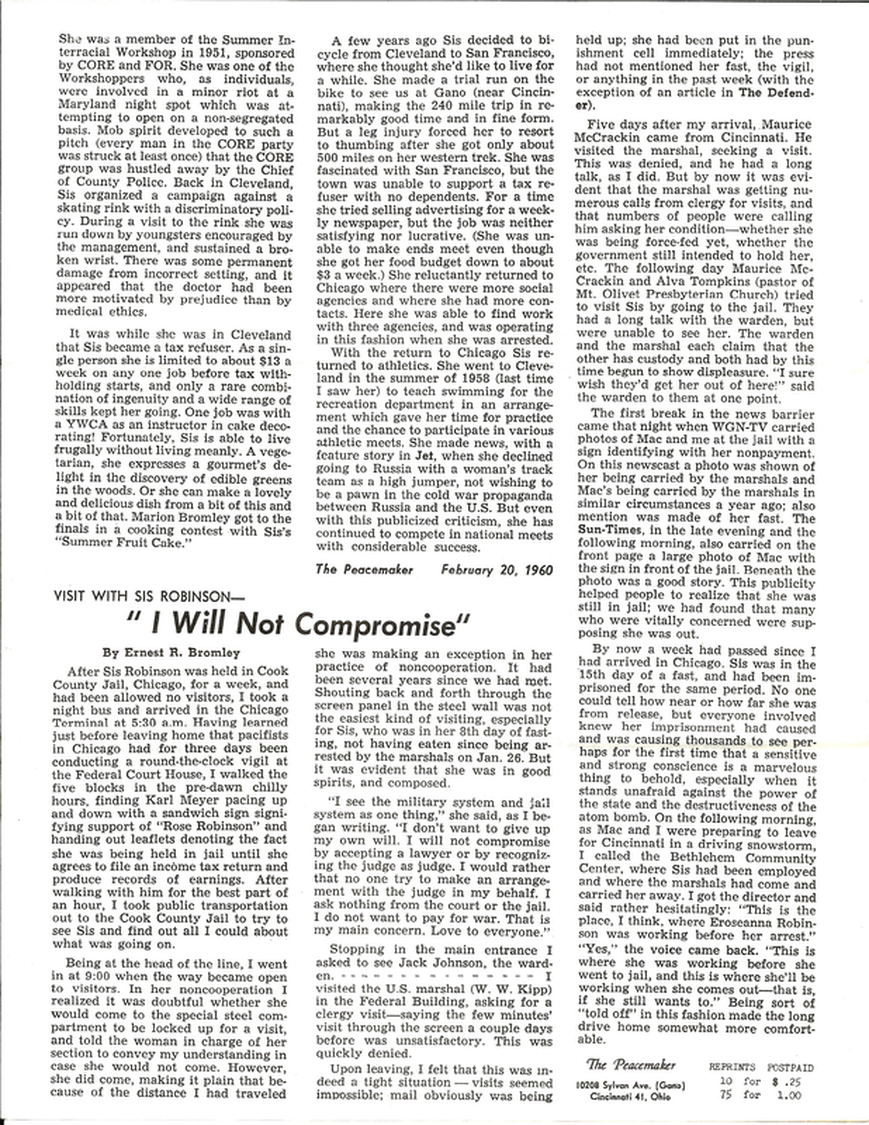
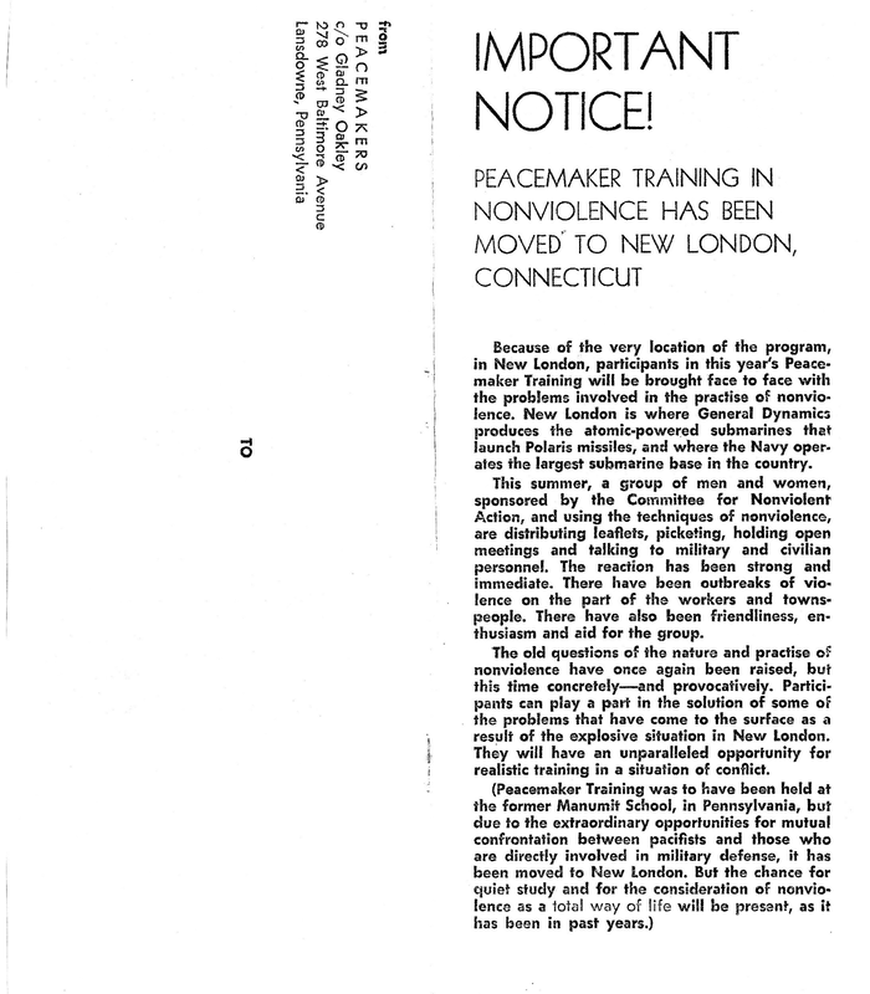
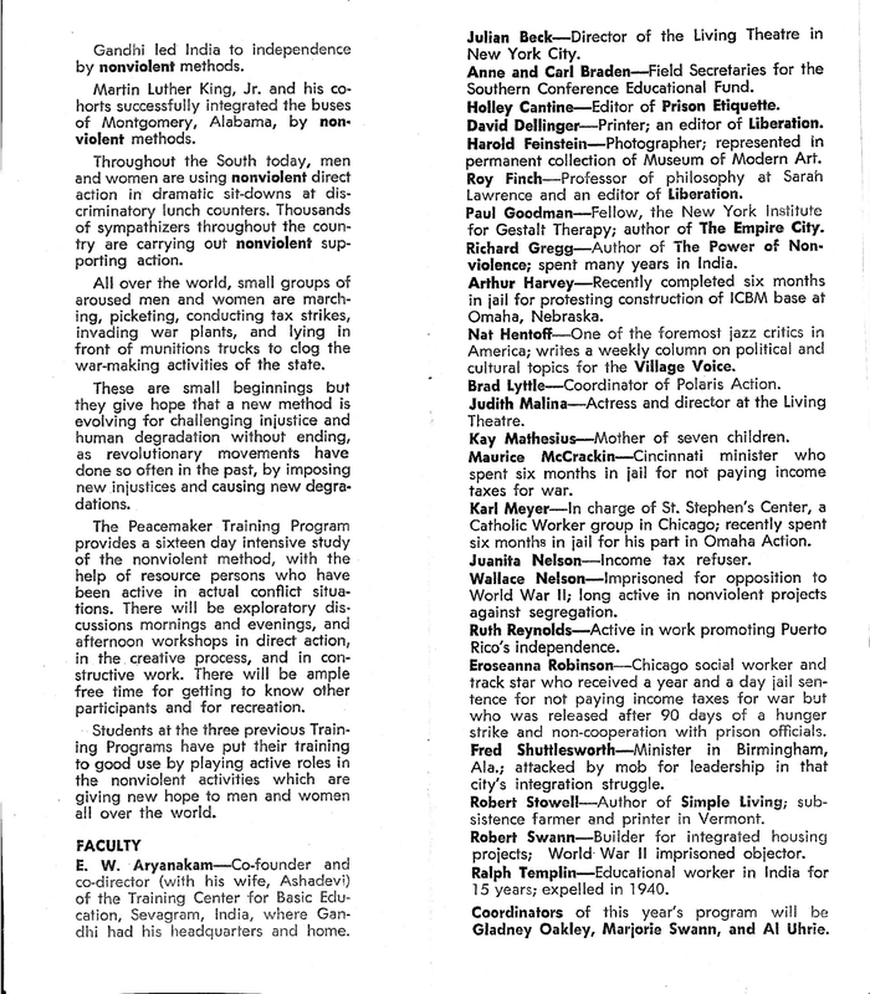
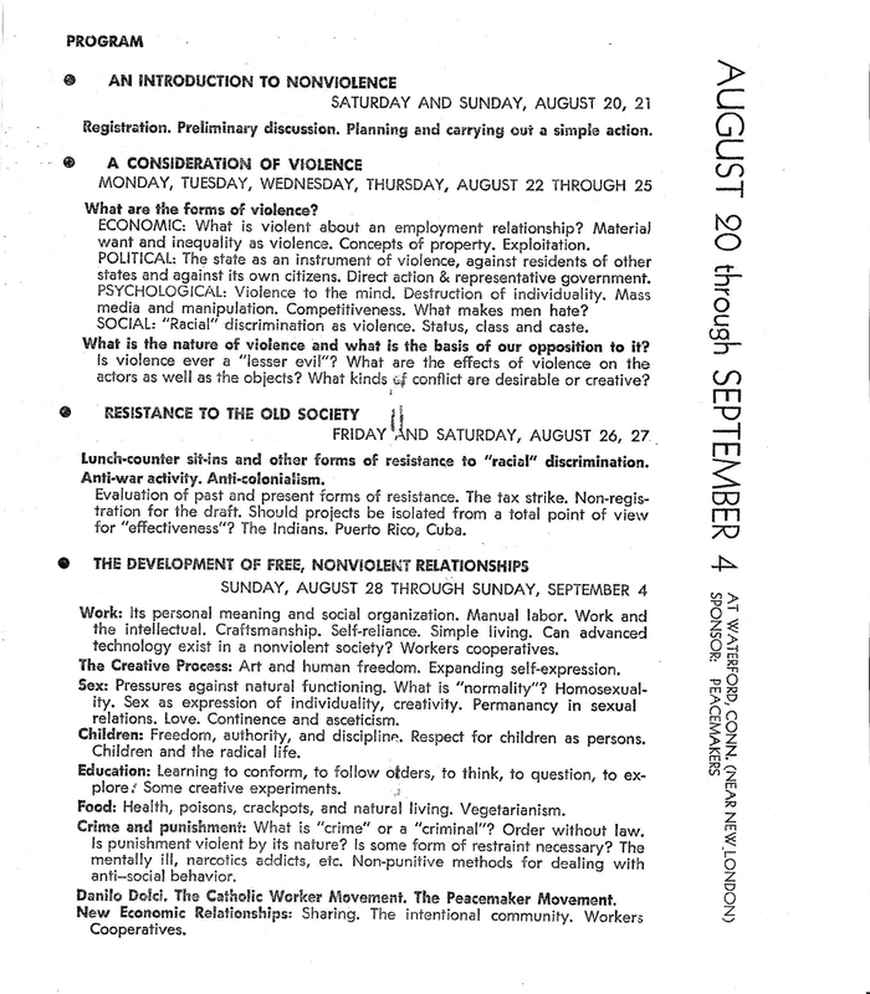

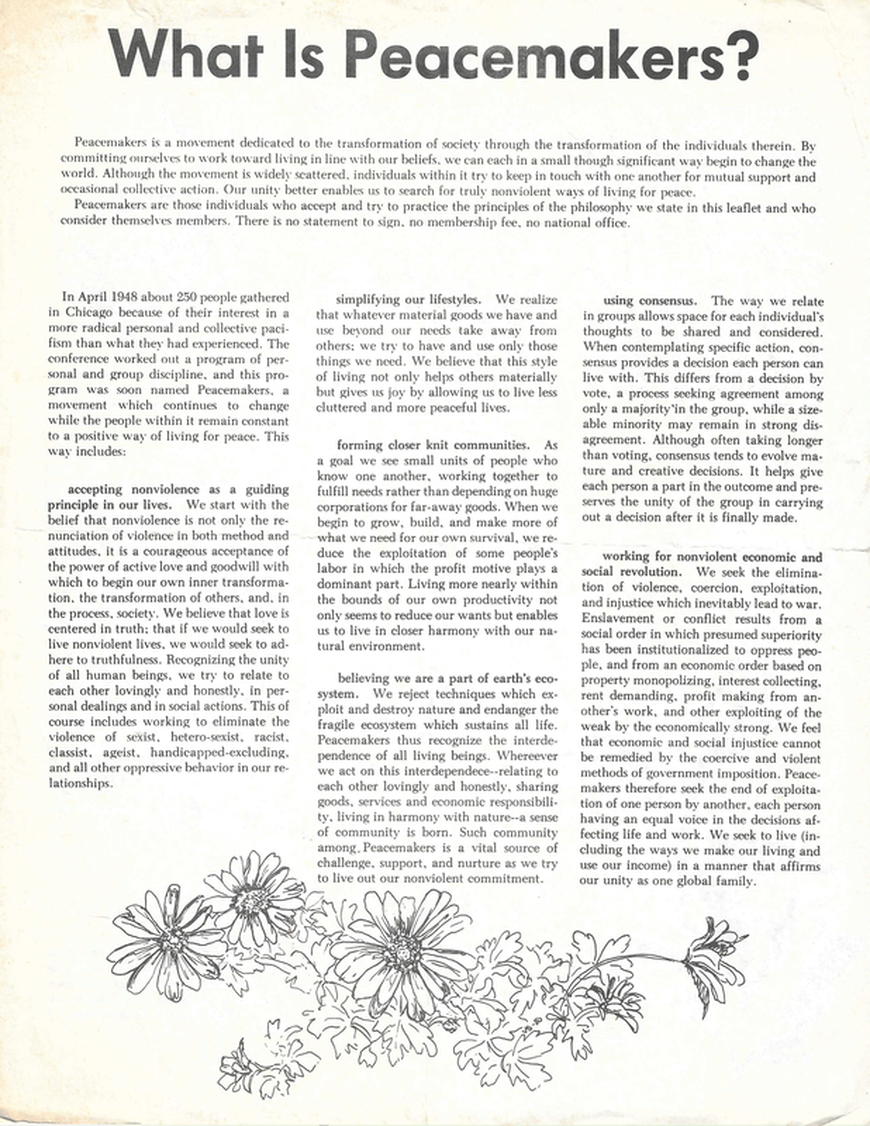

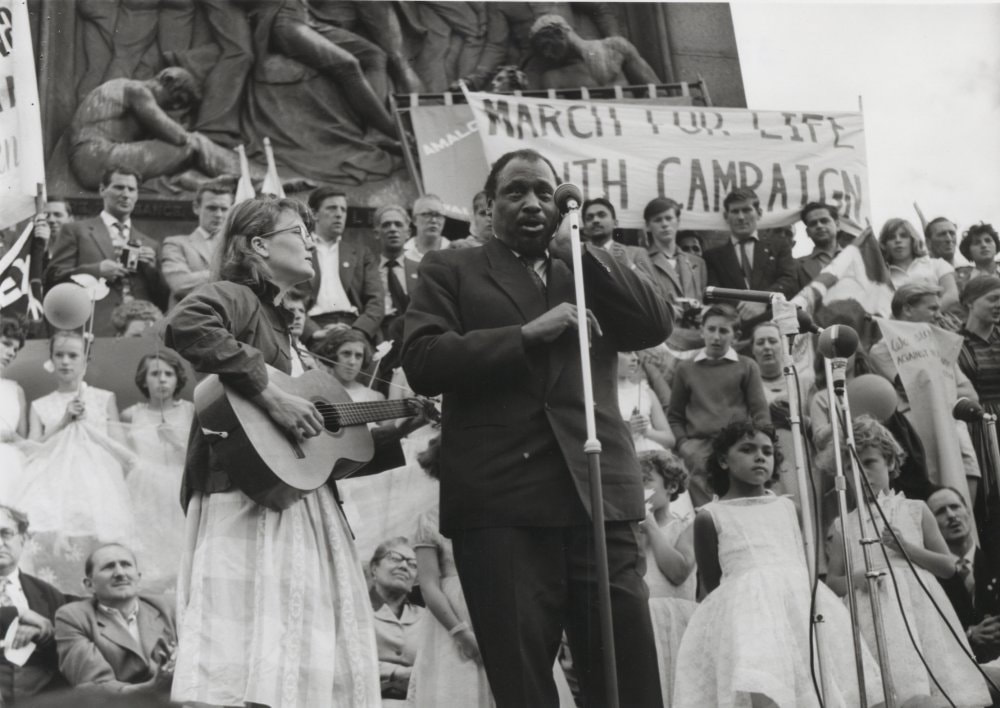
 RSS Feed
RSS Feed